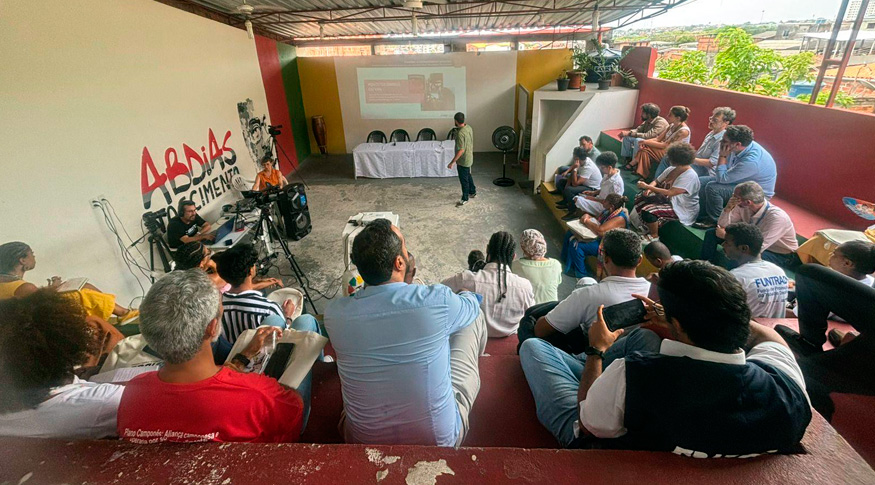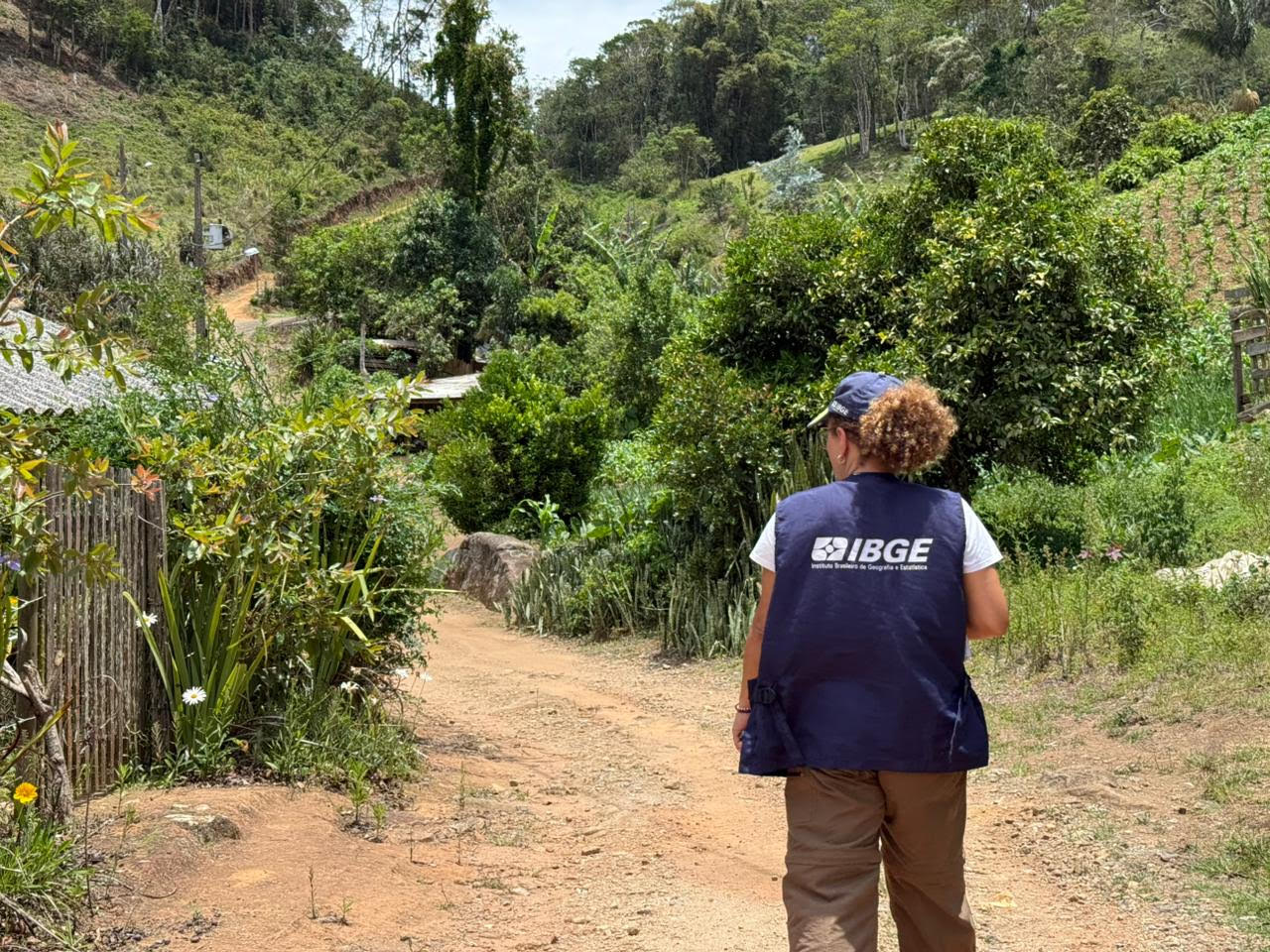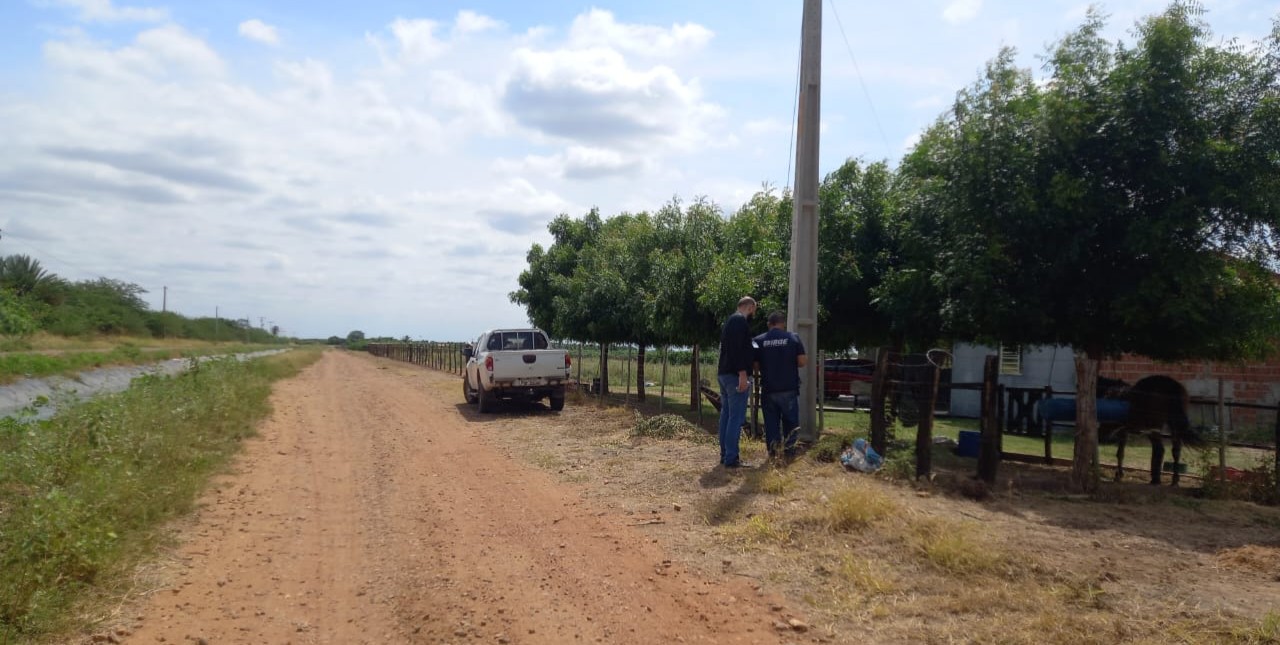Monthy Continuous PNAD
Unemployment reaches 7.0% in quarter ending in March, the lowest rate in time series for the period
April 30, 2025 09h00 AM | Last Updated: April 30, 2025 03h43 PM

Average earnings of employed persons reached R$3,410, a new record in the time series - Picture: Marcello Casal Jr/Agência Brasil
The unemployment rate reached 7.0% in the quarter ended in March 2025, a positive change of 0.8 percentage points in relation to the quarter ended in December 2024. However, that rate is still below the rate of 7.9% registered in the same moving quarter in 2024. In addition, it was the lowest unemployment rate for this period since the beginning of the time series, a position previously occupied by the quarter ended in March 2014, when it hit 7.2%. The data are from the Continuous National Household Sample Survey (Continuous PNAD), released today (30) by the IBGE.
The rise in unemployment in the quarterly comparison was leveraged by the increase in the number of persons looking for a job, the so-called unemployed population, which grew 13.1% over the quarter ended in December 2024, an increase of 891 thousand persons looking for a job. Despite the rise, the unemployed population remains 10.5% below the contingent recorded in the same moving quarter in 2024.
The reduction of the employed population in Brazil contributed to the increase of the unemployment rate as well. That contingent retreated by 1.3 million persons (-1.3%) in the quarterly comparison, though it remains 2.3% above the number of workers found by the survey in the first quarter of 2024 (more 2.3 million).
"The good performance of the labor market over the last quarters is not jeopardized by the seasonal growth of unemployment. Even with a quarterly expansion, the unemployment rate of the first quarter of 2025 is lower than all those registered in this same period in previous years," highlights Adriana Beringuy, IBGE Coordinator of Household Surveys.
Despite the reduction in the employed population, the number of workers with a formal contract did not change significantly in comparison with the previous moving quarter (ended in December), remaining at 39.4 million.
On the other hand, the number of those employed without a formal contract in the private sector (13.5 million) dropped 5.3% (less 751 thousand persons) in relation to the last quarter of 2024. "The retraction in unemployment in the first quarter mainly occurred in jobs without a formal contract related to Construction, Domestic services and Education," complements Beringuy.
Contingent of employed persons did not grow in any activity group
The contingent of employed persons did not grow in any activity group against the immediately previous quarter. Construction (5.0%, or less 397 thousand persons), Lodging and feeding (3.3%, or less 190 thousand persons), Public administration, defense, social security, education, human health and social services (1.6%, or less 297 thousand persons) and Domestic services (4.0%, or less 241 thousand persons) reduced.
Compared with the quarter ended in March 2024, General industry (3.3%, or more 431 thousand persons), Trade, repair of motor vehicles and motorcycles (3.1%, or more 592 thousand persons), Transportation, storage and mailing (4.4%, or more 253 thousand persons), Information, communication, and financial, real estate, professional and administrative activities (4.1%, or more 518 thousand persons) and Public administration, defense, social security, education, human health and social services (4.0%, or more 713 thousand persons) increased.
In contrast, Agriculture, livestock, forestry, fishery and aquaculture (4.2%, or less 334 thousand persons) and Domestic services (3.5%, or less 208 thousand persons).
Average earnings from labor renews record in the time series
The average earnings of employed persons reached R$3,410, a new record in the time series started in 2012, with a rise of 1.2% in the quarter and of 4.0% in the annual comparison. Among the activity groups investigated by the survey, the comparison with the quarter ended in December 2024 recorded an increase in the earnings of Agriculture, livestock, forestry, fishery and aquaculture (4.1% or more R$85) and Public administration, defense, social security, education, human health and social services (3.2% or more R$145), without any significant change in the other groups.
Compared with the first quarter of 2024, earnings in Agriculture, livestock, forestry, fishery and aquaculture (5.5%, or more R$111), Construction (5.7%, or more R$141), Information, communication, and financial, real estate, professional and administrative activities (4.1%, or more R$189), Public administration, defense, social security, education, human health and social services (4.1%, or more R$189) and Domestic services (3.6%, or more R$45) rose. The other groups did not change significantly.
More about the survey
The Continuous PNAD is the main instrument to monitor workforce in Brazil. The survey sample per quarter corresponds to 211 thousand households surveyed in Brazil. Nearly two thousand interviewers work in the survey in 26 states and in the Federal District, integrated to the data collection network of more than 500 IBGE branches.
Due to the Covid-19 pandemic, the IBGE implemented data collection by telephone on March 17, 2020. In July 2021, face-to-face data collection was resumed. The identity of the interviewers can be confirmed at the Answering the IBGE website or through the Call Center (0800 7218181), and their ID numbers can be requested by the informants.
See PNAD data on Sidra. The next release of the Monthly Continuous PNAD, related to the quarter ended in April, will be on May 29.




















